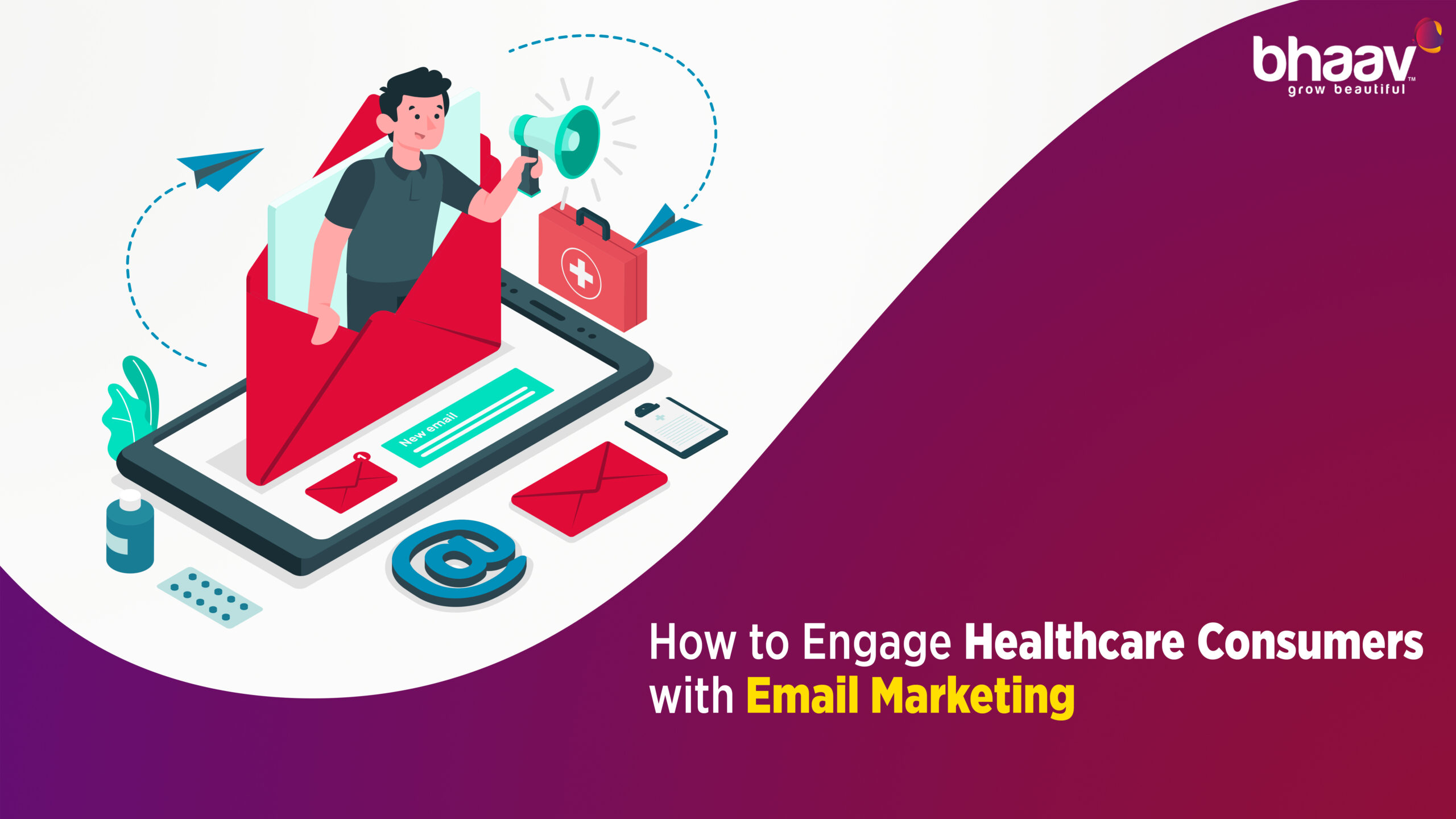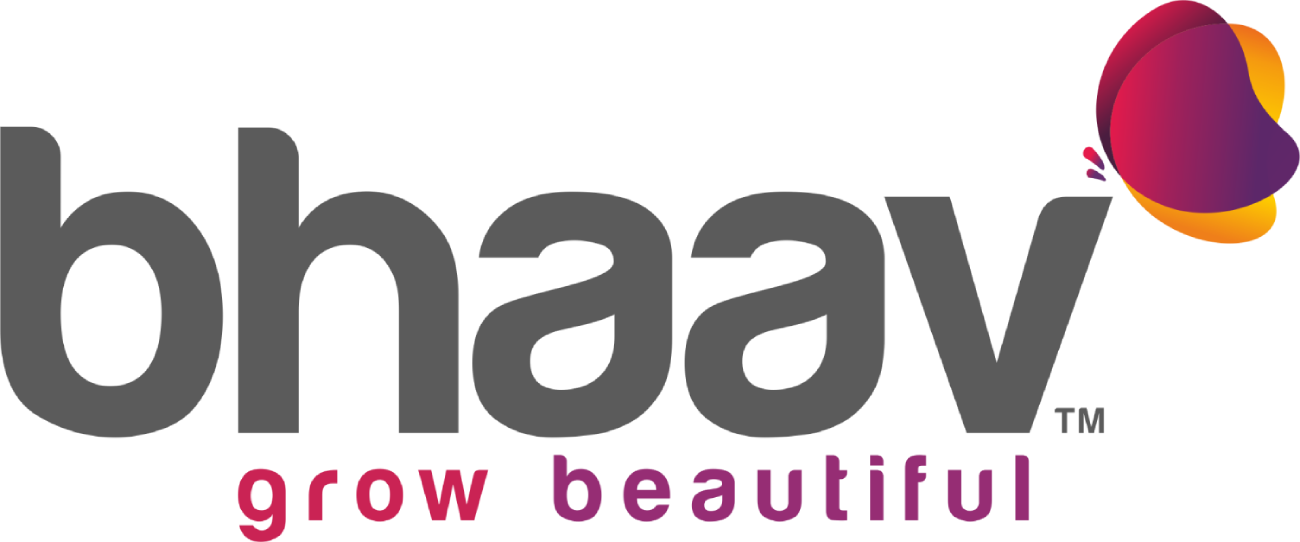
How to Engage Healthcare Consumers with Email Marketing
In today’s world, e-mail marketing is an effective way to reach out to consumers in various industries, including healthcare. E-mail marketing allows healthcare providers to communicate important information to their patients and potential patients in a personalized manner. However, to make the most of e-mail marketing, it is essential to understand the nuances of engaging healthcare consumers with this channel. In this blog, we will explore how to engage healthcare consumers with e-mail marketing.
Understanding Healthcare Consumers
Before we dive into how to engage healthcare consumers with e-mail marketing, it’s essential to understand who are your healthcare consumers. Healthcare consumers include patients, potential patients, and their caregivers. These individuals have a specific set of needs and preferences when it comes to their healthcare, and they seek out providers that can meet those needs.
Why E-mail Marketing?
E-mail marketing is an effective way to engage healthcare consumers because it allows providers to communicate with their audience in a personalized way. With e-mail marketing, providers can segment their audience based on various factors such as age, location, and health conditions. This allows providers to send targeted messages that are relevant to the individual, which is more likely to resonate with the consumer.
Best Practices for Healthcare E-mail Marketing
Now that we understand why e-mail marketing is an effective way to engage healthcare consumers, let’s look at some best practices for healthcare e-mail marketing.
- Segment Your Audience
Segmenting your audience is an essential step in healthcare e-mail marketing. By segmenting your audience, you can send targeted messages that are more likely to resonate with the consumer. For example, you can segment your audience by age, location, or health condition. By doing so, you can send messages that are specific to each segment.
- Personalize Your Messages
Personalization is another crucial factor in healthcare e-mail marketing. Consumers are more likely to engage with messages that are personalized to their specific needs and preferences. Personalization can include using the consumer’s name in the subject line, tailoring the message to their specific health condition, or even including their appointment reminders.
- Use Engaging Subject Lines
Subject lines are the first thing healthcare consumers see when they receive an e-mail from their provider. Therefore, it’s crucial to use engaging subject lines that entice the consumer to open the e-mail. Some effective subject lines for healthcare e-mails include appointment reminders, health tips, and updates on new treatments.
- Include a Call to Action
Every healthcare email should have a clear call to action (CTA). A CTA is a statement that tells the consumer what to do next. For example, a CTA for an appointment reminder e-mail could be “Click here to confirm your appointment.” Including a CTA makes it clear to the consumer what action they should take, increasing the likelihood of engagement.
- Avoid Common Mistakes
While e-mail marketing can be a powerful tool for engaging healthcare consumers, it’s essential to avoid common mistakes that can lead to disengagement.
- Sending Too Many E-mails
Sending too many e-mails can lead to disengagement from healthcare consumers. Consumers may feel overwhelmed or annoyed if they receive too many e-mails from their healthcare provider. To avoid this, providers should only send e-mails that are relevant and necessary.
- Ignoring Mobile Optimization
More than 50% of e-mails are opened on mobile devices. Therefore, it’s essential to optimize healthcare e-mails for mobile devices. This includes using a mobile-responsive template and keeping the message short and concise.
- Failing to Provide Value
Every healthcare e-mail should provide value to the consumer. Whether it’s an appointment reminder, health tips, or updates on new treatments, the e-mail should be useful. Providers should ensure that their email marketing content is informative, engaging, and tailored to the consumer’s needs.
- Visuals
It can play a crucial role in engaging healthcare consumers with email marketing by capturing their attention and conveying information in a more visually appealing way. Incorporating images, videos, infographics, or charts into emails can break up text-heavy content and make it easier to understand. Visuals can also help create an emotional connection with the audience and increase the likelihood that they will engage with the content and take action.
- Compliance with HIPAA regulations
It is essential in engaging healthcare consumers with email marketing as it helps build trust and maintain the privacy and security of personal health information. By following HIPAA guidelines, healthcare providers can ensure that their email marketing campaigns are legally compliant and protect sensitive patient information. This can increase the credibility and trustworthiness of healthcare providers, which can lead to higher engagement rates and greater patient satisfaction.
Conclusion
- Email marketing is an effective way to engage healthcare consumers and build lasting relationships. By creating targeted campaigns that provide valuable information and promote personalized experiences, healthcare providers can establish trust and loyalty with their patients. Through email, providers can communicate important updates, promote preventative care, and offer resources that improve patients’ overall health outcomes.
- Partnering with a healthcare advertising and marketing agency like Bhaav can further enhance the success of email marketing campaigns. Our team of experts have specialized knowledge and experience in both healthcare and marketing, allowing them to craft tailored strategies that effectively engage consumers. They can help healthcare providers identify their target audience, create compelling content, design visually appealing emails, and track the success of their campaigns. With Bhaav’s expertise and guidance, healthcare providers can effectively connect with their patients and improve their overall experience.
FAQ’s
Q: What kind of content should I include in healthcare marketing emails?
A: Healthcare marketing emails should include relevant and useful information such as appointment reminders, health tips, updates on new treatments, and personalized messages that address the consumer’s specific needs.
Q: How often should I send healthcare marketing emails?
A: Providers should only send healthcare marketing emails that are relevant and necessary to avoid overwhelming or annoying consumers. It’s recommended to send emails once a month or every few weeks, depending on the nature of the email and the consumer’s preferences.
Q: How can I segment my healthcare email marketing audience effectively?
A: Segmenting your healthcare email marketing audience can be done by factors such as age, location, health condition, and other relevant demographics. You can use data analytics tools to help identify the segments that are most likely to engage with your messages.
Q: How can I increase engagement with healthcare marketing emails?
A: Personalizing messages, including engaging subject lines, using a clear call-to-action, and providing value to the consumer are all effective ways to increase engagement with healthcare marketing emails.
Q: What are some common mistakes to avoid in healthcare email marketing?
A: Common mistakes to avoid in healthcare email marketing include sending too many emails, ignoring mobile optimization, failing to provide value to the consumer, and not segmenting the audience effectively.
